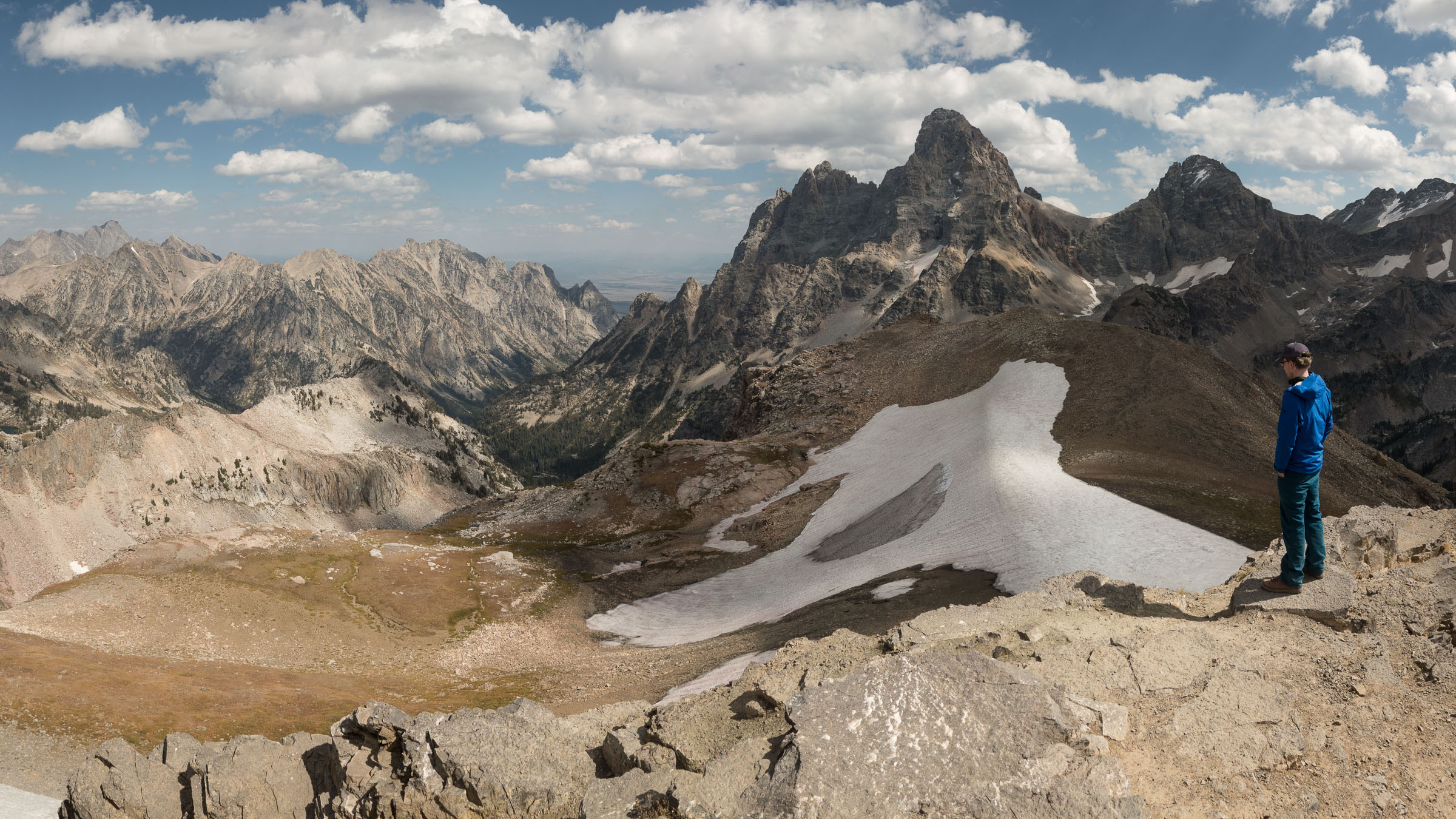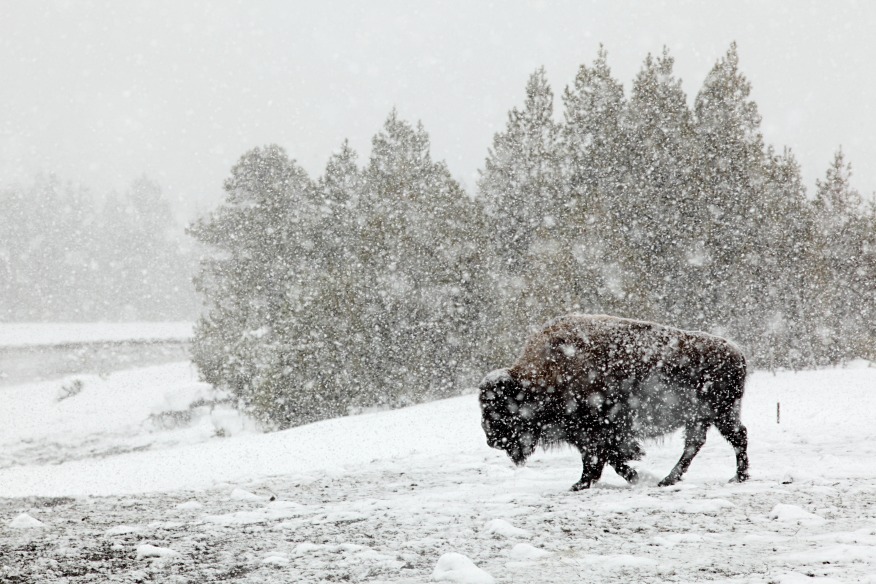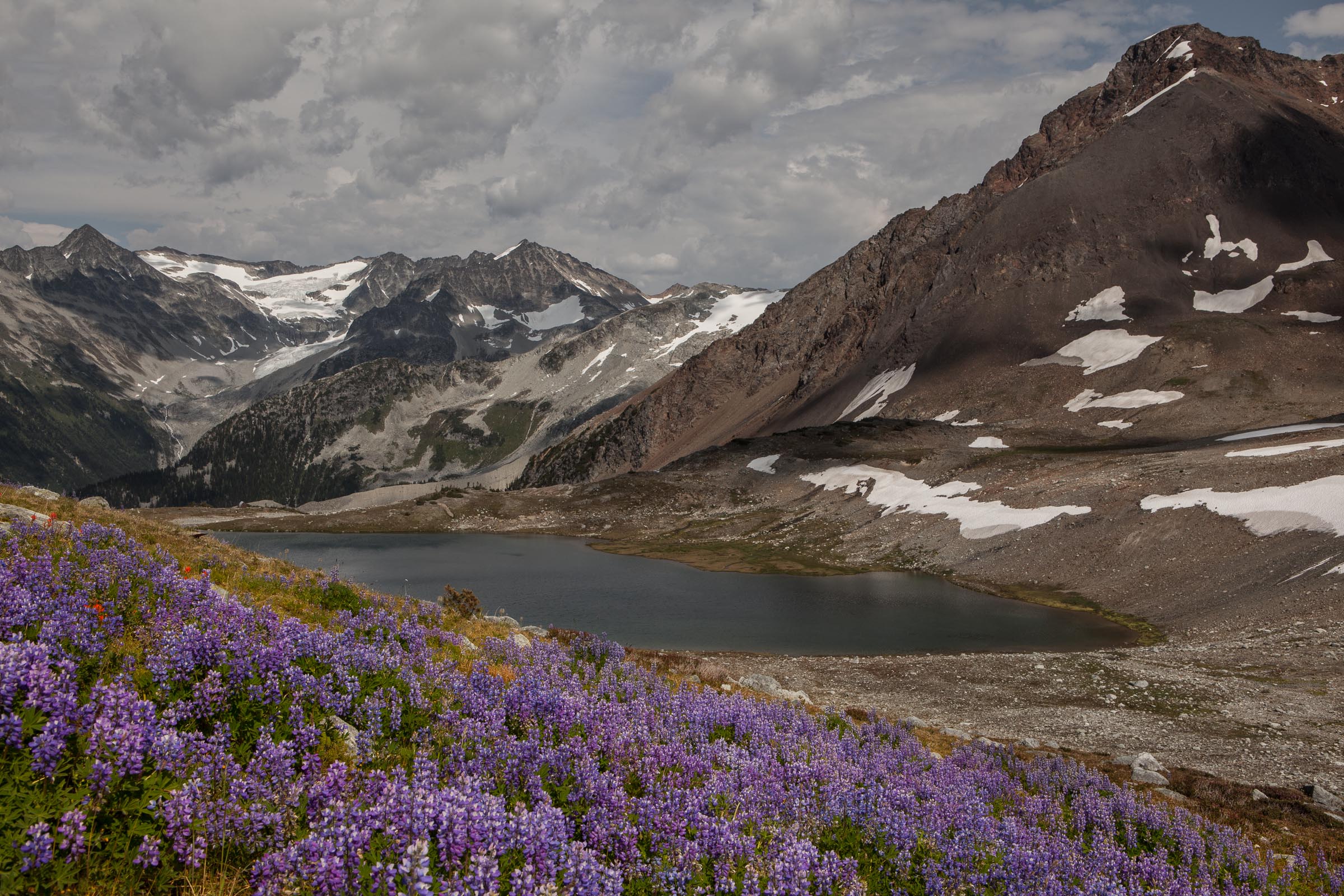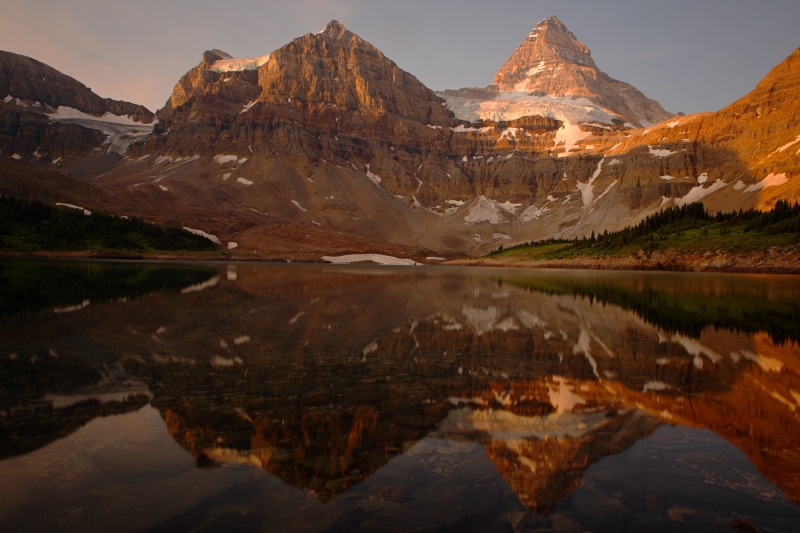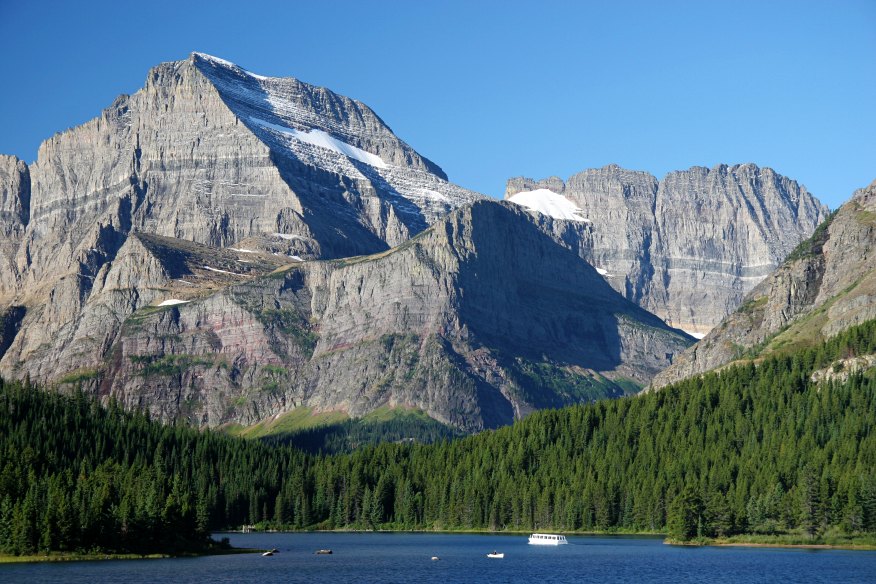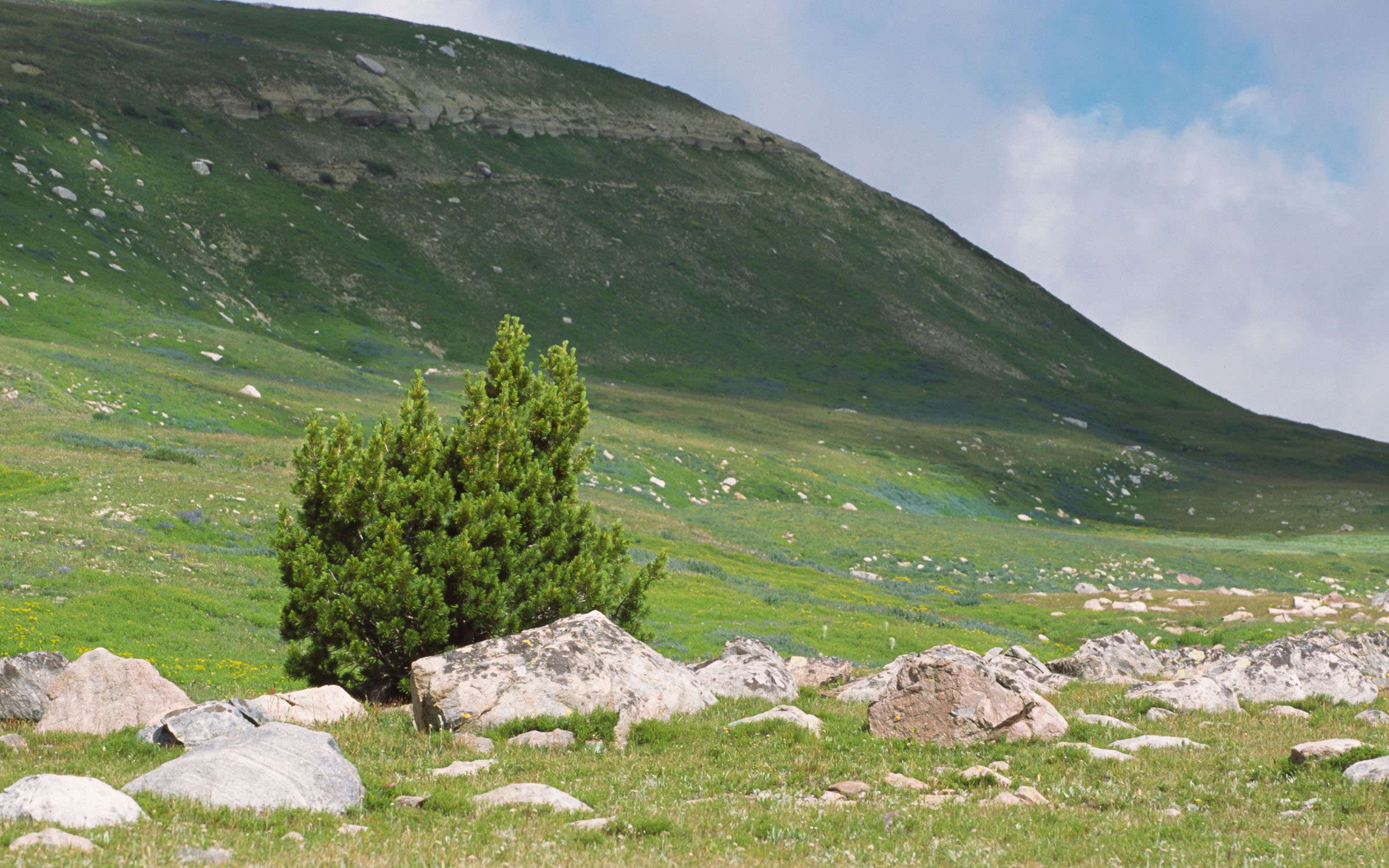Mount Robson Provincial Park in British Columbia is home to what
I reckon is the
best trail in America. I've hiked the Berg Lake trail twice, once as a day hike and once backpacking in to camp at the lake and
hike on to Snowbird Pass. Unmissable.



